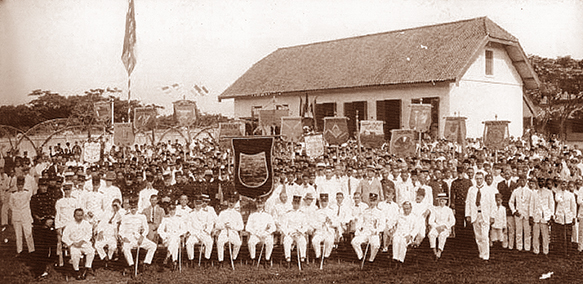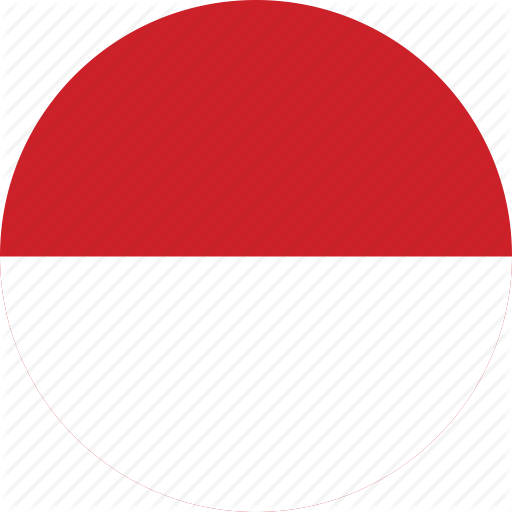In 1808, William Herman Daendels, Governor-General of Dutch East Indies who was ruling that period established a workshop for procurement, maintenance and repair of weapons equipment for the Netherlands called Constructie Winkel (CW) in Surabaya. This was the beginning of PT Pindad (Persero) as the only defense manufacturing industry in Indonesia. At that time, beside ‘weapons workshop’ Daendels also set up a large-caliber munitions workshop named Proyektiel Fabriek (PF) and a chemical laboratory in Semarang. Later on, in 1850 the Dutch colonial government also built a workshop to manufacture and repair munitions and explosive for their navy called Pyrotechnische Werkplaats (PW) in Surabaya.
On January 1, 1851, CW was renamed to Artilerie Constructie Winkel (ACW). Afterwards in 1961, the two weapons workshops located in Surabaya, ACW and PW were united under the ACW’s flag. This merger policy made ACW to have three installation productions including; weapons and the equipment production unit (Wapen Kamer), munitions and other goods related to explosive (Pyrotechnische Werkplaats) and a research laboratory to conduct experiment of the materials or goods of production.
The First World War in mid-1914 involved a lot of Europe countries, including Netherlands. For the sake of the strategic issue, the Dutch colonial government also started to consider the relocation of several crucial installations to a more secure place. Bandung was considered as a good location for the relocation not only because of the contour of the location that has hills and mountains which could be used as natural defense landscape against enemy attacks, but also because of the position of Bandung which was very strategic since it already had the sufficient ground transportation facilities which was passed by the Postal Road (De Grote Postweg) and Staats Spoorwegen train railways. In addition, Bandung was located close to the capital of the Dutch East Indies, Batavia.
ACW was first moved to Bandung in the period of 1918-1920. In 1932, PW was moved to Bandung, joined with ACW and two other weapons installations, Proyektiel Fabriek (PF) and the chemical laboratory from Semarang, as well as Institut Pendidikan Pemeliharaan dan Perbaikan Senjata (the Institute of Education on Weapons Maintenance and Repairs) which was relocated from Jatinegara to Bandung with a new name, Geweemarkerschool. The fourinstallations were merged under the flag of Artilerie Inrichtingen (AI).

During Japanese occupation era, AI did not encounter any changes and any addition in the installation or in the production process. The changes were only on the administration and organization of AI so that it was in accordance with the military rule of Japan and on the name of the four installations. ACW was renamed to Daichi Ichi Kozo, Geweemarkerschool to Dai Ni Kozo, PFto Dai San Kozo, PW to Dai Shi Kozo and Monrage Artilerie which was the subsidiary installation of ACW to Dai Go Kazo.
When Japan surrendered to the Allies and a power vacuum was occurred in Indonesia, Soekarno-Hatta had proclaimed the independence of Republic of Indonesia. Various attempts occurred for taking over the defense installations in Bandung. In the end, on October 9, 1945, Laskar Pemuda Pejuang (Youth Fighters) successfully seized ACW from Japan and renamed it into Pabrik Senjata Kiaracondong (Kiaracondong Weapons Factory).
The youth occupation did not last long as the Allies came back to Indonesia and took over the power. Pabrik Senjata Kiaracondong was divided into two factories. The first factory consisted of the ACW, PF and PW merged into Leger Produktie Bedrijven (LPB), and the second factory was named into Central Reparatie Werkplaats, formerly known as Geweemarkerschool.



